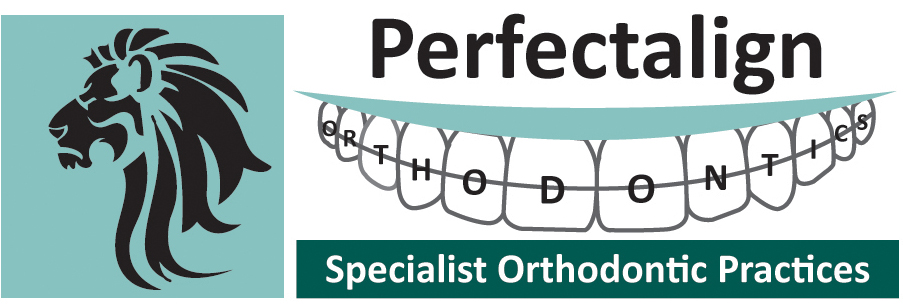FAQs for Braces
Dental braces can correct crooked and crowded teeth, a misaligned bite, and jaw problems. Braces also eliminate problems you may have with eating, speaking properly, or with keeping your teeth clean. Traditional braces have come a long way over the years, becoming sleeker, smaller, and more comfortable. And that’s certainly something to smile about! Here are some common questions…
